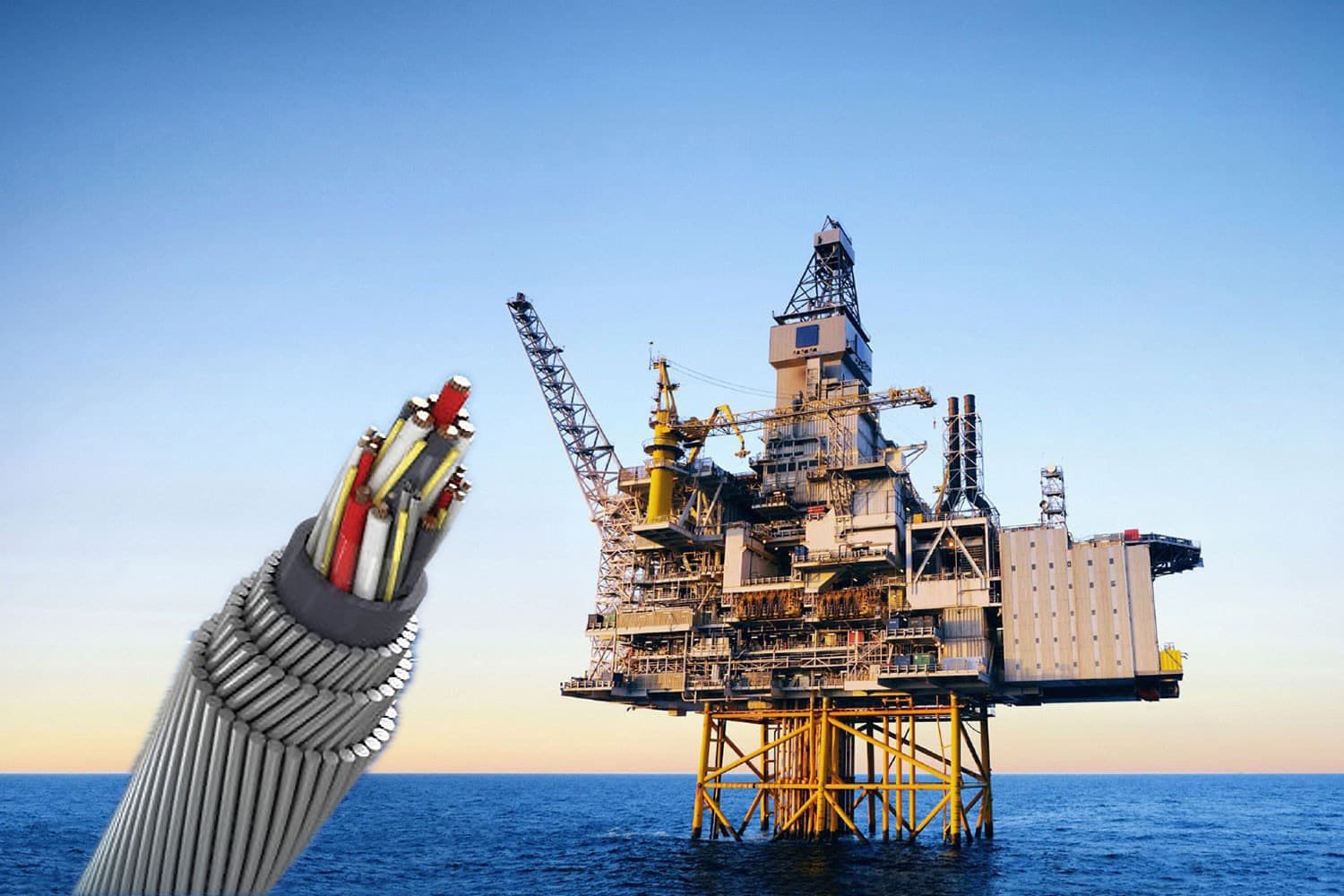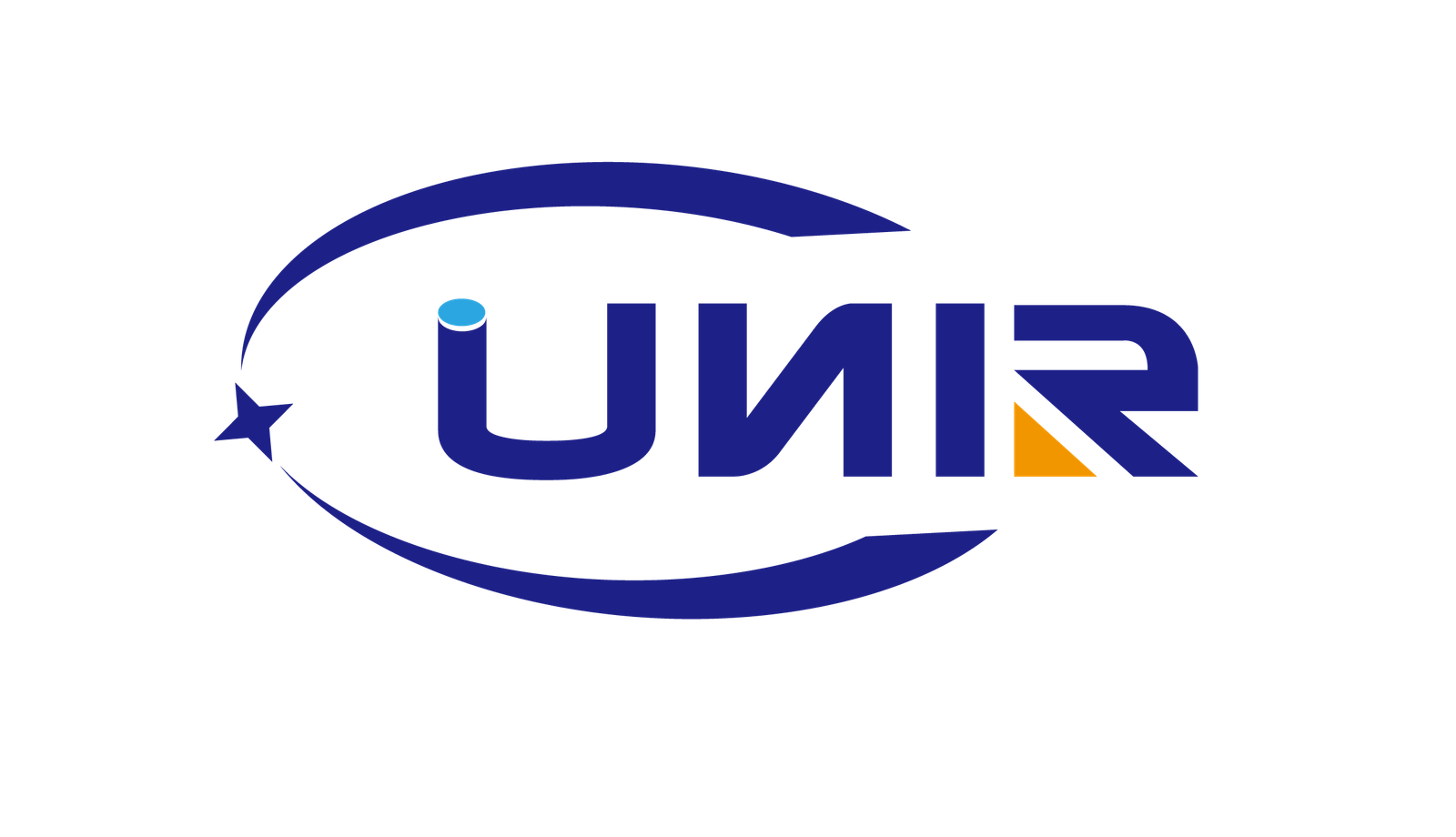
Seismic cables are vital tools used in geophysical exploration to detect and understand the Earth's structure. These cables consist of a bundle of sensors that capture data on vibrations caused by earthquakes or man-made sources. This information is then used to create detailed images of the subsurface, helping geoscientists and engineers make informed decisions about resource exploration and extraction, environmental monitoring, and hazard mitigation.
At the heart of every seismic cable lies advanced sensing technology that allows for highly accurate and precise data capture. These sensors are typically housed in a protective casing, ensuring they remain functional and secure during installation and operation. With the ability to detect even the slightest vibrations, seismic cables provide an unparalleled level of insight into the Earth's structure and behavior.
Seismic cables have a wide range of applications, from oil and gas exploration to earthquake monitoring and geohazard assessment. They are also used in civil engineering projects to evaluate the stability of structures such as dams, bridges, and tunnels. With advances in technology and data analytics, seismic cables are becoming increasingly important tools in answering some of the most pressing questions about our planet's geology and environment.
Whether you are a geoscientist, engineer, or researcher, seismic cables are an indispensable tool in your toolkit. With their ability to capture detailed data on seismic activity, these cables provide a window into the Earth's structure and behavior that is unmatched by any other technology. So if you want to explore the subsurface, understand the environment, or mitigate hazards, seismic cables are the way to go.
Earthquake operations The equipment of the underwater cable dragging includes the elastic section of the cable, the working cable, the carrier, the spacing rope, the auxiliary buoyant , etc., and each equipment is connected to each other, dragging on the rear of the ship, dragged on the rear of the ship.
The towing mode in offshore seismic survey operations determines the force relationship between lead-in cables, deflectors and the ropes (spur lines) that connect them,
Neutrally Buoyant Tether Cables gain buoyancy with thermal rubber (TPR) sheath materials which are extremely flexible with good mechanical resistance. Expanded foam polyurethane (ExPU) gives extremely low specific gravity filling and jacket compounds. Thin wall insulated conductors also assist in reducing weight and diameter. Copper coated alloy conductors can also be used. We can offer prototype short length-ed to enable companies to trial run.
바로 문의하세요!
모든 산업을 위한 전기 및 광 케이블 솔루션
페이스북 링크드인
